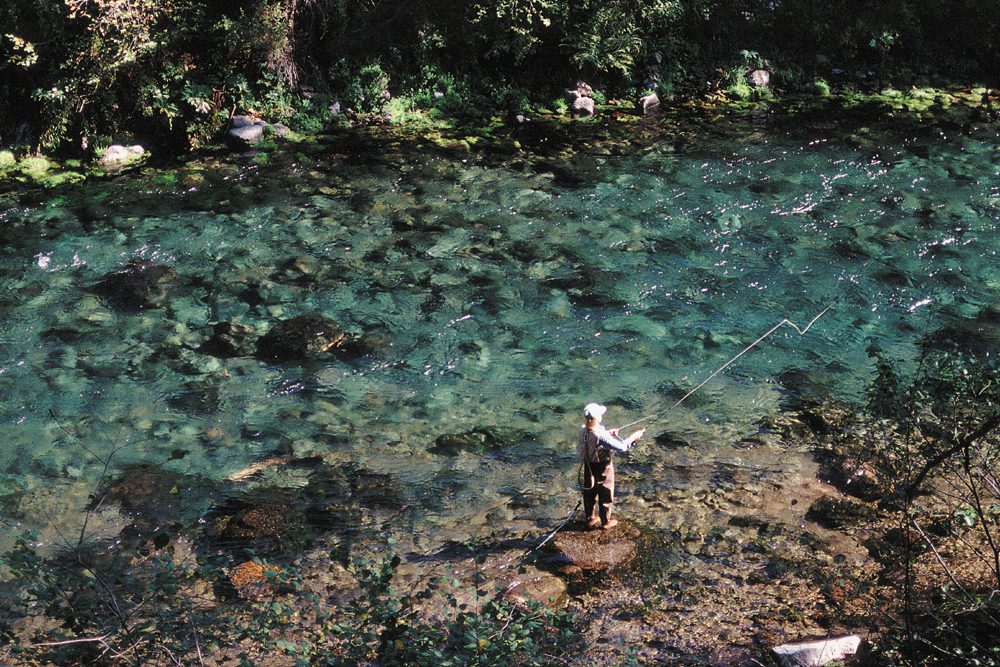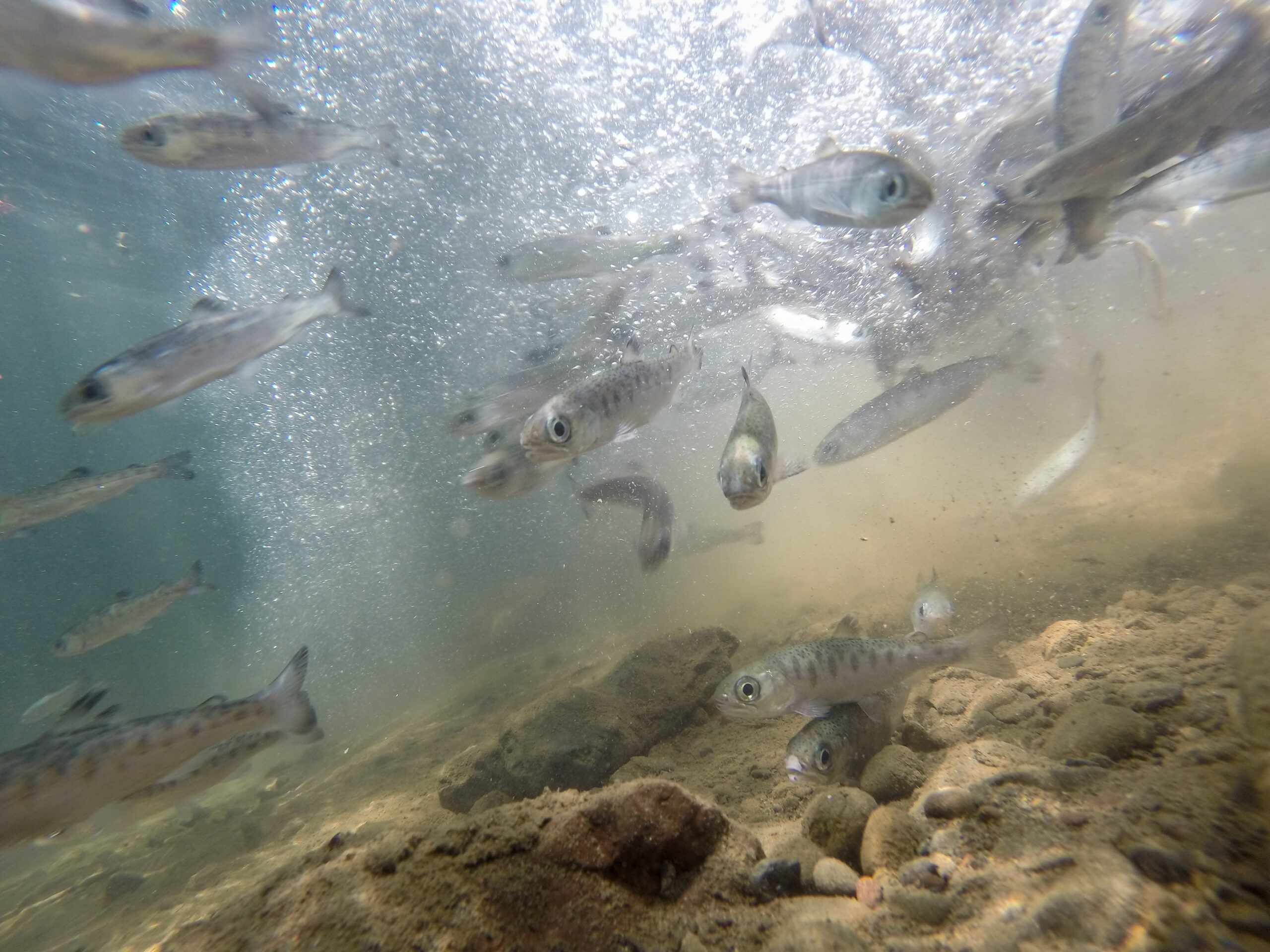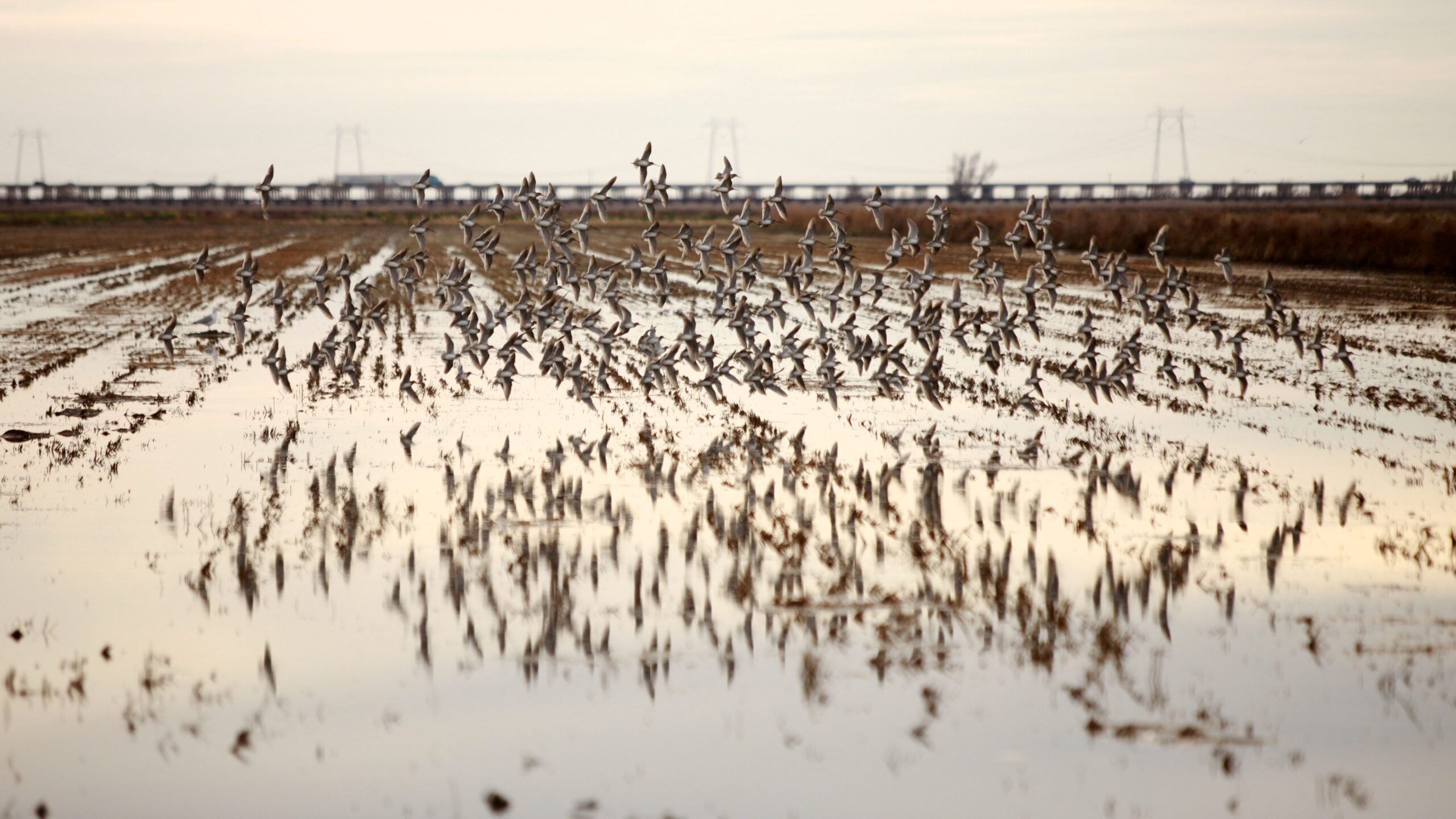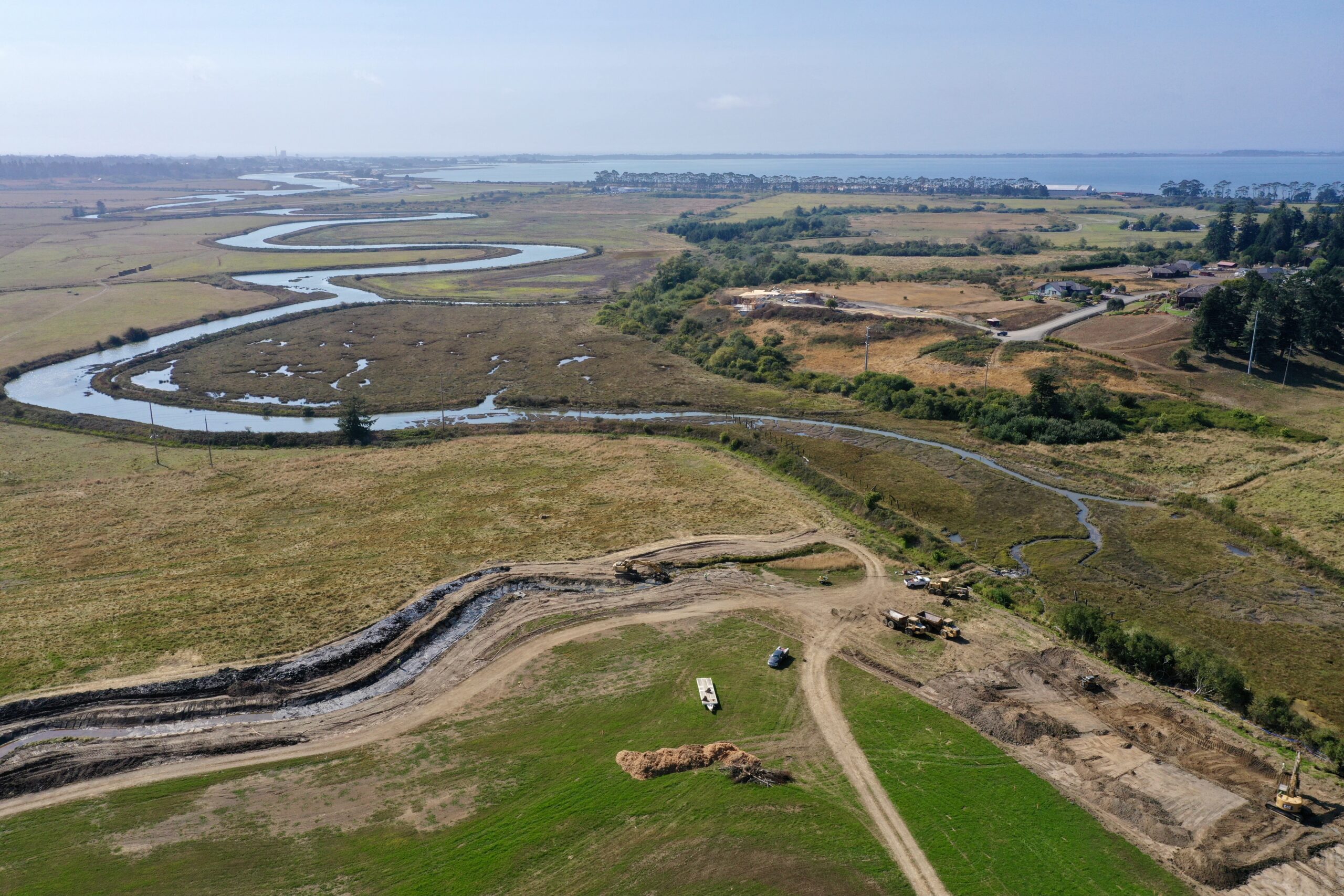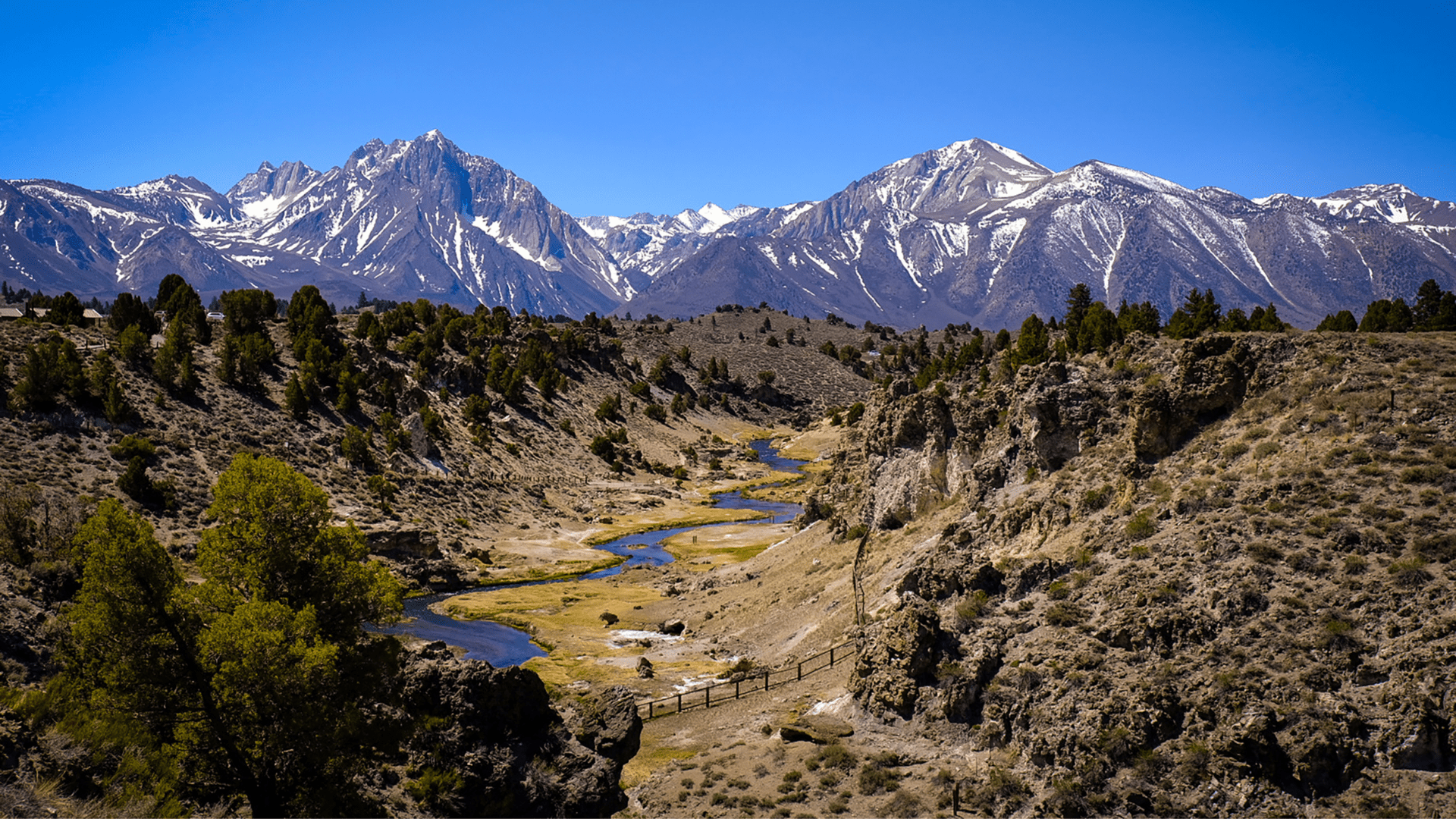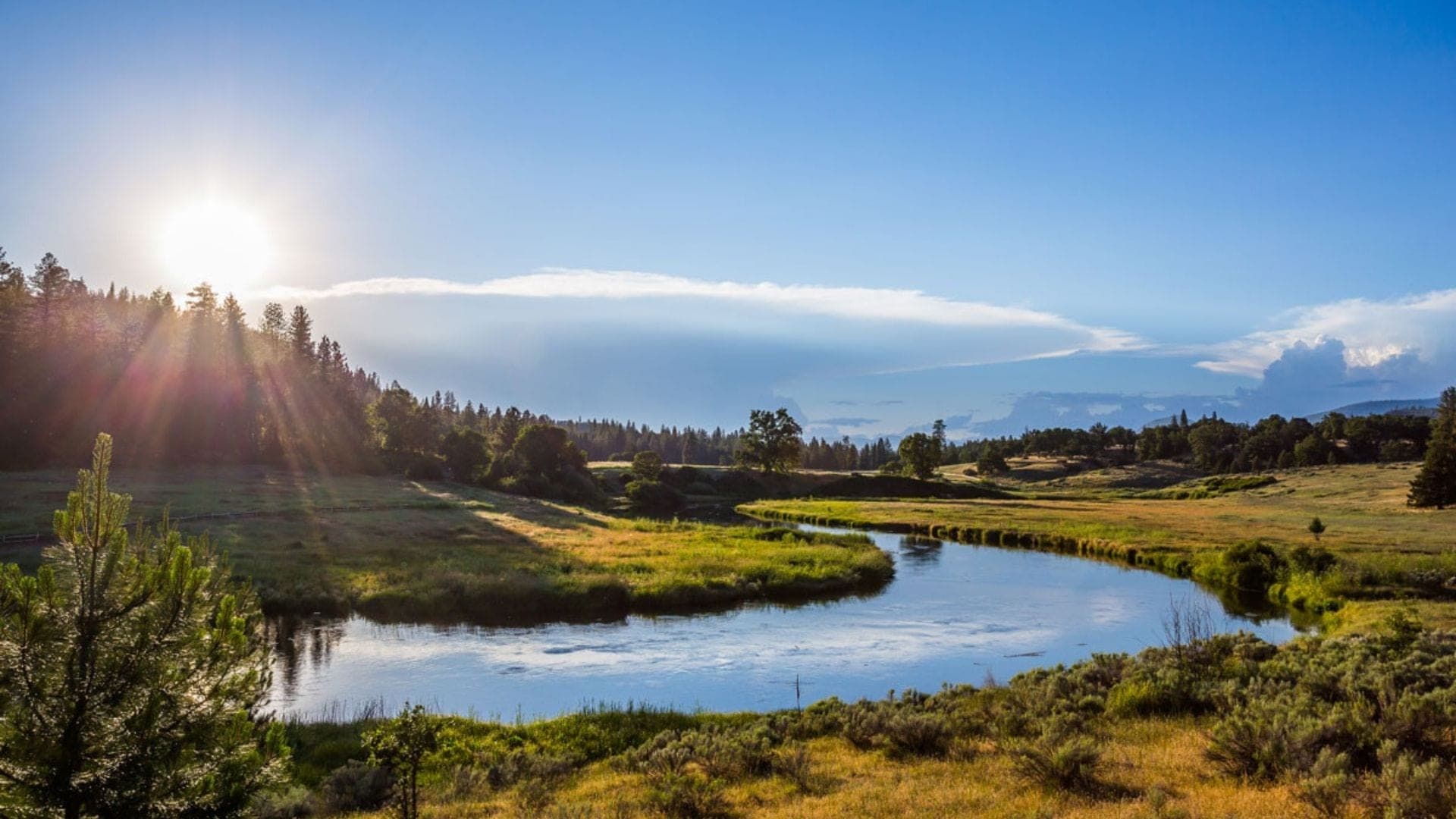

Dr. Jeff Mount, PPIC Senior Fellow and CalTrout Board Member
Leticia Grenier, 2020 PPIC CalTrout Ecosystem Fellow and Adjunct Fellow at PPIC Water Policy Center
Cutting the Green Tape
To Restore California’s Ecosystems, We Must Adopt Smarter Permitting
(Originally published in CalMatters 8/17/21. Republished with permission from PPIC.)
California Trout is proud to be in partnership with the Public Policy Institute of California (PPIC), who among other duties, helps guide agencies, stakeholders, and organizations like CalTrout as we tackle the state’s major water challenges. In 2017, the PPIC-California Trout Ecosystem Fellowship was established to help turn science into action by shaping and improving water management in California. This year in 2021, CalTrout and partners including PPIC were able to push through a much-need legislative win: the Cutting Green Tape Initiative which will increase the pace and scale of ecosystem restoration necessary to create resiliency to the effects of climate change.
California’s ecosystems underpin the state’s economy: they nurture and protect the state’s water supply, shorelines, agriculture, fisheries and wildlife. But many of these ecosystems are in dire health, and climate change is now accelerating the loss of biodiversity already underway. Ecosystem degradation is having ripple effects across the state. Severe problems with water supply dwindling populations of native wildlife, and the critical need to better manage and store carbon require urgent and large-scale action.
Cover Photo: Mike Wier

Projects like our Cochran Creek Fish Passage and Habitat Rehabilitation Project were streamlined thanks to the Cutting the Green Tape Initiative.
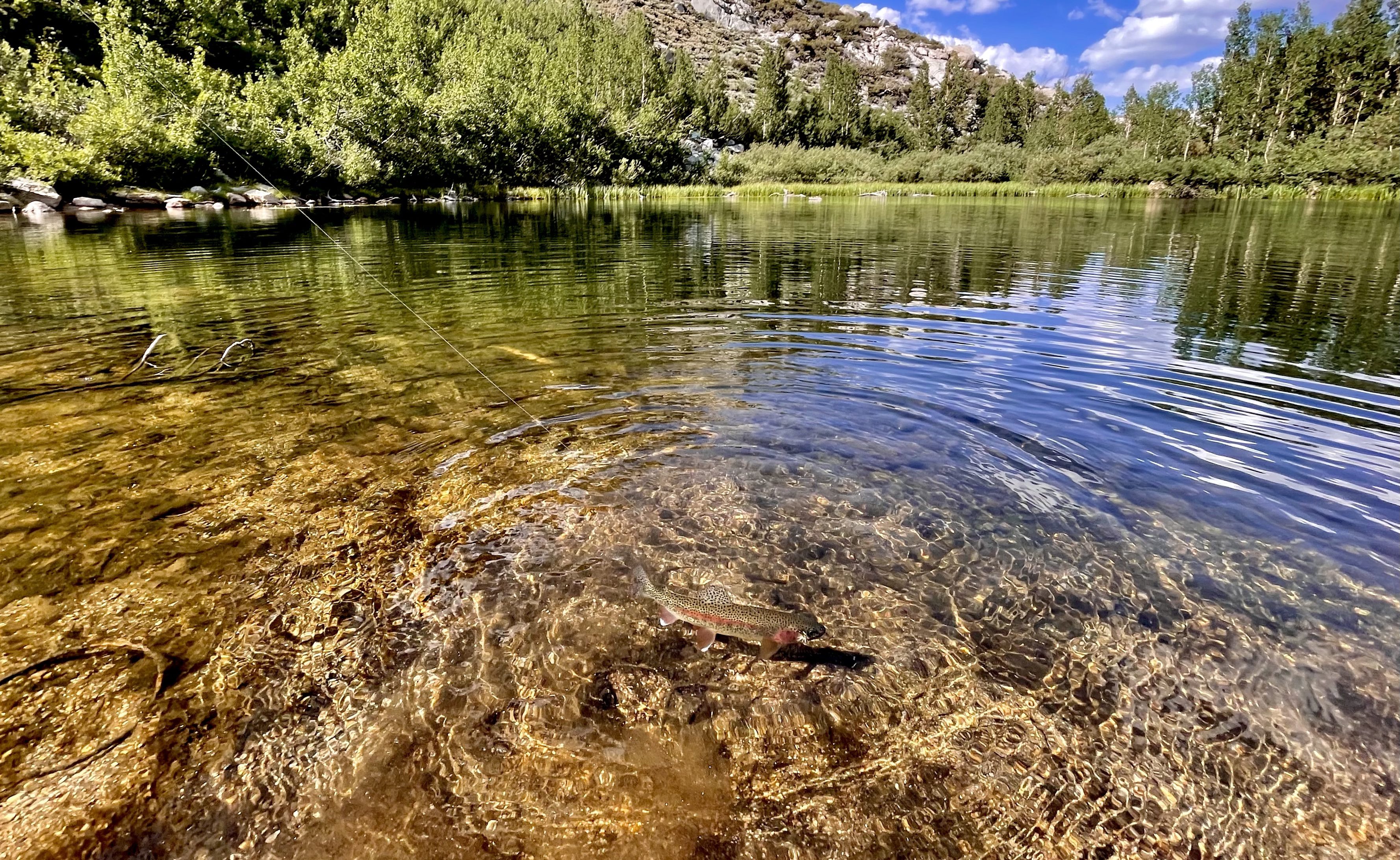
There is a solution.
The state enjoys a vibrant, growing restoration movement that has seen some tremendous successes. For instance, when a coalition of state, federal and private agencies acquired more than 15,000 acres of commercial salt ponds in the southern end of San Francisco Bay in 2003, the land was largely barren. Some 18 years later, the salt marshes of the South Bay Salt Pond Restoration Project are home to a constellation of wildlife, including at least two endangered species — the salt marsh harvest mouse and Ridgway’s Rail. These emblematic creatures, found only in San Francisco Bay, returned to the marshes quickly after restoration, and the restored areas are now sequestering carbon, protecting the shoreline and providing access to nature and recreation in the heart of the Bay Area.
Background photo: David Lee
Other actions are showing promise, too. Gov. Gavin Newsom’s “30 by 30” executive order aims to conserve 30% of California’s land and waters by 2030, and the measure enjoys broad bipartisan support. Similarly, the Cutting the Green Tape initiative aims to improve coordination and partnerships to facilitate ecological restoration. However, too many restoration efforts still face costly, arduous permitting processes that delay projects — or scuttle them altogether. They’re subject to, ironically, the very regulations that were intended to slow or prevent environmental degradation — but are now hindering work to expand restoration.
Obtaining permits for a restoration project typically involves many agencies — local, regional, state and federal — each with their own language, requirements, timeline and procedures.
So how can we ramp up ecosystem restoration to stop and even reverse the loss of crucial ecosystem functions? The state must first address the costly, time-consuming permitting process and embrace smarter permitting for restoration.
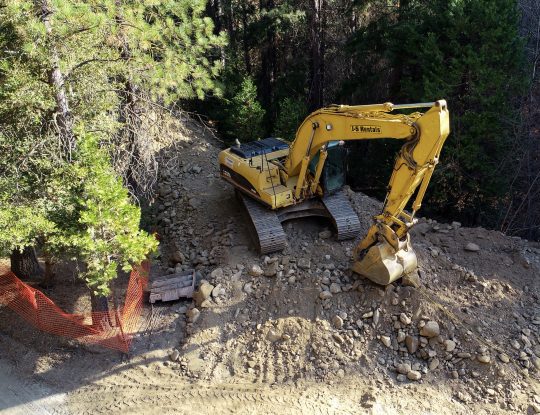

It truly is a time to get all hands on deck. The sooner these permitting changes are enacted, the sooner we can help California’s struggling ecosystems — and the people and wildlife they support — grapple with a climate that’s changing faster than we’d like.
What is smarter permitting?
In our new report, we researched restoration case studies and innovative permitting approaches across California. We found that successful smarter permitting efforts typically achieve better outcomes in a few key ways: by shortening the permitting timelines, lowering costs, increasing the extent of restoration and promoting better ecological outcomes.
We also observed some important patterns. Successful programs used at least one, and sometimes all, of the following approaches. First, they coordinated across similar projects with programmatic permitting. Second, they coordinated within and among regulatory agencies to promote a culture of teamwork and improve the working relationships with permittees. Third, they advanced permitting to restore key ecosystem functions — which meant planning over a larger geographic area than most individual restoration projects.
Who can enact smarter permitting?
Smarter permitting does demand a major culture change at many agencies. It will take strong leadership to build a culture of trust that allows agency staff to take chances and try new things. But our study shows that a few changes can yield major benefits. This includes unblocking challenging planning processes by coordinating restoration at an ecosystem scale, so that objectives can be traded off in different locations. And bringing all parties together early in the process, with a common foundation of scientific knowledge, helps foster collaborative problem-solving and builds trust from the start.
Restoration proponents have a huge role to play: Nearly every successful smarter permitting innovation we studied started out as a grassroots endeavor. Nonprofit organizations, government agencies and water users all wield more power than they know.
It truly is a time to get all hands on deck. The sooner these permitting changes are enacted, the sooner we can help California’s struggling ecosystems — and the people and wildlife they support — grapple with a climate that’s changing faster than we’d like.




